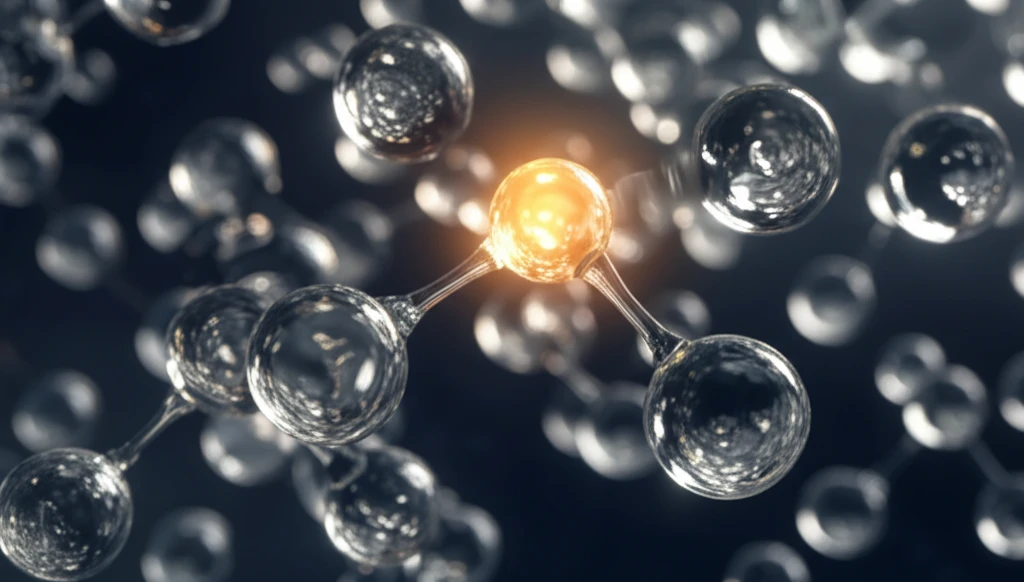
Unlocking the Secrets of Glass: Why Simplicity Might Be the Key
"Forget universal laws, the real breakthroughs in understanding glass-forming liquids are coming from focusing on simpler systems."
Glass, an amorphous solid formed from cooling liquids, is everywhere. From the windows we look through to the screens we tap, its versatility is undeniable. Yet, despite its ubiquity and extensive research, the fundamental mechanisms governing the transition from liquid to glass remain elusive. The traditional approach has sought universal behaviors, aiming to find one-size-fits-all explanations applicable to all glass-forming materials.
But what if the key to understanding this complex phenomenon lies not in universality, but in simplicity? A new perspective suggests that focusing on specific, less complex glass-forming liquids can provide deeper insights than searching for overarching laws. This approach involves identifying basic characteristics – 'stylized facts' – that a successful theory must explain.
This article explores this paradigm shift, diving into recent experimental findings that highlight the dynamics of glass formation in bulk molecular liquids. Instead of seeking commonalities across all materials, we'll examine how focusing on simpler systems helps us understand the fundamental principles at play.
The Glass Transition: A New Perspective

The classical view of the glass transition involves observing how a liquid's volume changes with temperature. When a liquid cools, it typically contracts smoothly. However, as it approaches the glass transition temperature (Tg), the rate of contraction changes, resulting in a 'kink' in the volume curve. This kink translates to a jump in the thermal expansion coefficient, a measure of how much a material's volume changes with temperature.
- Isostructural Changes: Fast, phonon-timescale volume changes.
- Structural Changes: Slower rearrangements depending on molecular mobility.
- Relaxation Time (τ): Dictates the speed of structural changes; highly temperature-dependent.
- Viscosity: Reaches around 10^12 Pas at the glass transition.
Looking Ahead: The Future of Understanding Glass
By shifting the focus from universality to simplicity, researchers are making strides in understanding the complex dynamics of glass-forming liquids. Identifying these 'stylized facts' provides a foundation for future theoretical models. Ultimately, this approach could lead to breakthroughs in materials science, with potential applications in everything from advanced optics to pharmaceuticals. As we continue to explore the secrets held within these seemingly simple systems, the future of glass research looks brighter than ever.
